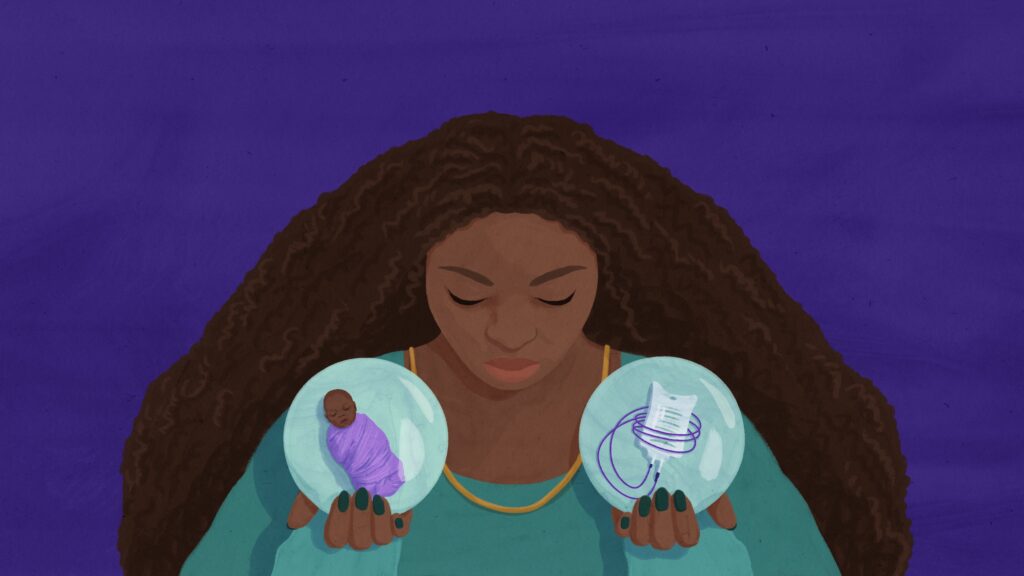…
Tornyenu was born with sickle cell disease. Sudden cold drafts constricted her blood vessels, causing a pile-up of red blood cells. Bent into crescent shapes as the result of a genetic mutation, they choked her tissues of oxygen and sent waves of excruciating pain through her body. Despite the precautions she took and the medications her doctors prescribed, Tornyenu still missed 100 days of high school due to these pain crises.
…
During her freshman year of college, she learned about a clinical trial of an experimental technology called CRISPR that could edit the DNA of blood-forming cells so they would no longer twist into a sickle shape and wreak havoc on her organs. There was just one catch: To make room for those edited cells, she would have to receive chemotherapy. Those toxins wouldn’t just kill the defective blood stem cells in her bone marrow, they would also wipe out other rapidly dividing cells — including the cells in her ovaries that give rise to eggs. Her doctors told her that the risks of chemotherapy leaving her sterile were high.
Tornyenu, then just 19 years old, felt torn between the hope of being pain-free and the despair of losing something she’d always wanted — a family of her own. But the allure of a potential cure eventually overcame her doubts. On December 28, 2021, doctors at Children’s Hospital of Philadelphia pushed millions of Tornyenu’s cells — each containing a genetic edit — through an IV line and into her arm. She hasn’t had a pain crisis since. Two years later, she is virtually sickle-cell free.



That’s a fairly cold and callous question. People aren’t logical creatures, and 19 is really young to be making that sort of decision. Sickle cell is survivable, not to mention recessive, and many people dream of having children well before they can or should.